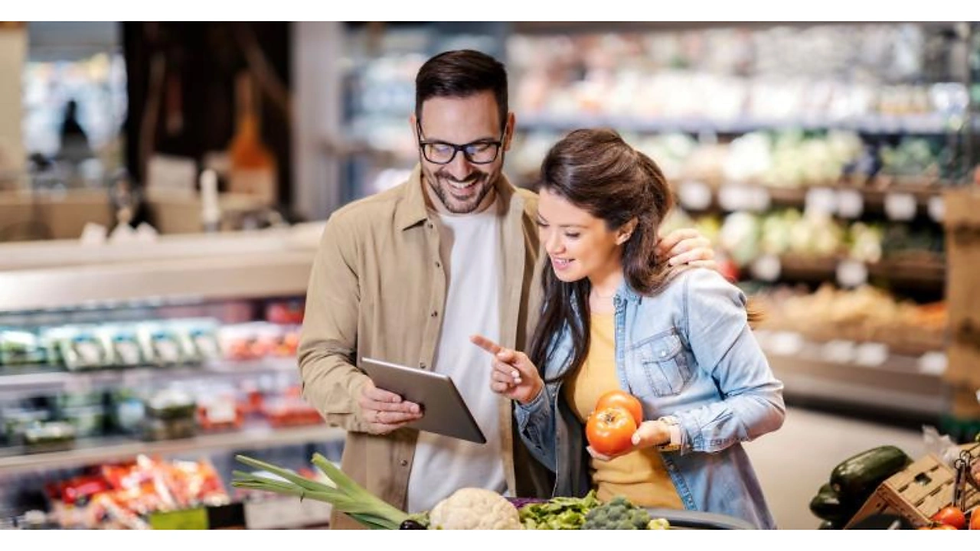Findings:
83% of shoppers indicated they would vote for candidates with a plan to reduce food prices.
87% of shoppers consider rising food prices a significant factor in their voting decisions.
59% of shoppers report the economy has negatively impacted their grocery shopping habits, and 73% worry about inflation continuing after the presidential election.
A majority of 47% of shoppers have become more cautious with their spending, showing more reliance on private brands and essential items.
97% of SNAP recipients find their benefits insufficient to cover rising food costs, and 91% fear losing these benefits would lead to food insecurity.
Key Takeaway:
Food prices are a critical concern for voters, with many considering them a central issue in deciding which candidates to support. Economic uncertainty is heavily influencing spending behaviors, especially among vulnerable populations.
Trend:
Voters are increasingly prioritizing economic issues, particularly food inflation, when making electoral decisions.
Shoppers are adjusting their habits by buying fewer items and focusing on value, such as private-label goods.
Consumer Motivation:
Shoppers are motivated by the need to manage rising food costs and maintain household budgets. Voters seek government action on inflation and economic relief.
SNAP recipients, in particular, are driven by fears of food insecurity and the potential loss of government benefits.
What’s Driving the Trend:
Rising inflation and food prices, compounded by economic instability, are driving consumer concerns.
Persistent economic strain has led to reduced spending power, prompting shifts toward more cautious and value-driven grocery shopping.
Who Are the People Referred to in the Article:
General consumers, particularly grocery shoppers and SNAP recipients.
Shoppers across various economic brackets are influenced, but SNAP recipients face the greatest challenges due to their reliance on government assistance.
Description of Consumers, Products, or Services:
The article refers to average consumers, particularly those impacted by inflation in grocery costs.
SNAP recipients are highlighted due to their heightened vulnerability to rising food prices.
Shoppers are of all age ranges, with a particular focus on those experiencing financial strain.
Conclusions:
Food prices are shaping political preferences, as voters seek leaders who prioritize cost reduction.
Shoppers are becoming more financially cautious, with reduced basket sizes and a focus on essential goods, indicating widespread concern over economic conditions.
Implications for Brands:
Grocers and food brands may need to focus on value-driven strategies and emphasize affordability as shoppers continue to tighten budgets.
Brands should also be mindful of economic trends that could either improve or worsen the current financial strain on consumers.
Implications for Society:
Economic hardship is leading to greater food insecurity, particularly among vulnerable groups like SNAP recipients.
Political and policy decisions related to inflation and social benefits will have significant social implications, as voters place high importance on economic stability.
Big Trend Implied:
Food inflation and economic uncertainty will continue to dominate voter concerns, with future elections potentially hinging on candidates' ability to address these issues.
Implication for Future:
The ongoing rise in food prices could result in lasting changes to consumer behavior, with more people turning to budget-friendly alternatives and scrutinizing government economic policies.
Policy decisions related to food costs and inflation will be increasingly important for political candidates, as voters continue to prioritize economic relief.

Comments